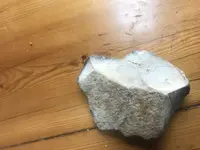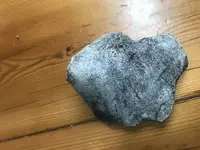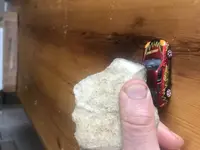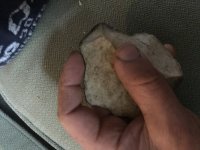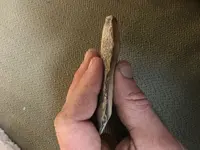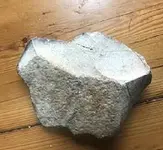jepjet
Greenie
What I believe is a lightly worked scraper? Found along a Penobscot run stream just below a chokepoint following a significant confluence. High water this year really cleaned the banks, not as scoured as previous big ice out years but large eddies worked traditional high water bank where I found it laying exposed. Unsure of type and source. (Kineo, Munsungun) Porous, not glossy like lots of chert. The two toned color and texture are very distinct. Very smooth and pommel like on the dark side. Appears minimally worked with only four large flakes off of one side. Possibly a couple of broken spurs? Pretty sure user was a lefty. What do you think? Any info you would be appreciative as site is my homestead.
Attachments
Upvote
0


